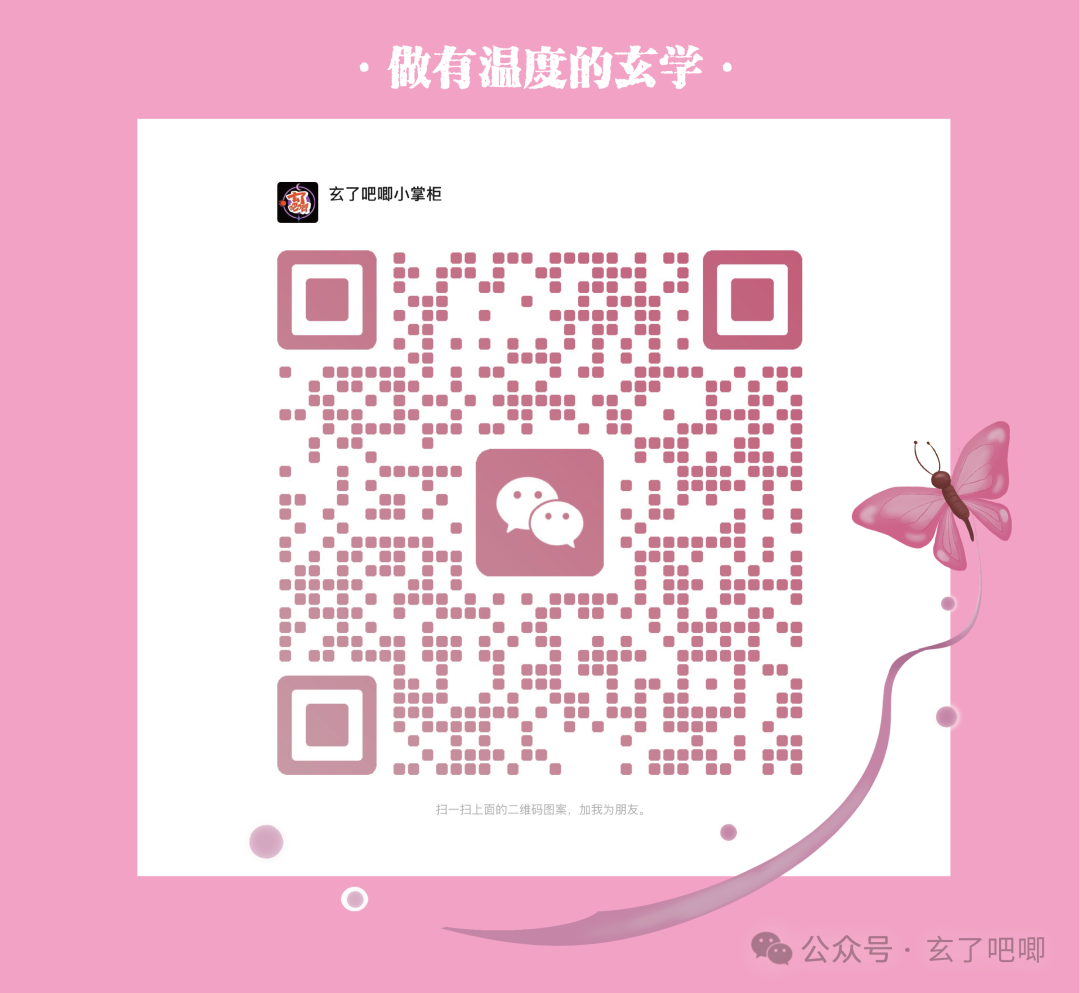In Eastern metaphysics, “Yin-Yang” is the most fundamental and core concept: all things operate in the opposition and complementarity of Yin and Yang. The Eight Trigrams further divide and interpret the changes of Yin and Yang, using the eight symbols of Qián (乾), Kùn (坤), Zhèn (震), Xùn (巽), Kǎn (坎), Lì (离), Gèn (艮), and Duì (兑) to illustrate the laws of operation of the universe. Today, let us delve into the world of Yin-Yang balance and explore how to use this concept to adjust our physical and mental well-being and quality of life.
What is Yin-Yang
Yin-Yang does not simply refer to “dark” and “light” or “female” and “male”; rather, it describes two opposing yet interdependent states of energy. The concept of Yin giving rise to Yang and Yang giving rise to Yin indicates that they can transform into one another and promote each other, jointly facilitating the development of all things towards a balanced state.
• Yin: Generally represents the static, cool, introverted, and gentle aspects; for example, night, dark colors, coldness, and feminine qualities.
• Yang: Often symbolizes the dynamic, warm, extroverted, and strong aspects; for example, daytime, bright colors, heat, and masculine qualities.
When any aspect of life is out of balance between Yin and Yang, issues such as fatigue, emotional instability, poor sleep quality, and even strained interpersonal relationships may arise.
The Eight Trigrams and Directions: Home Layout
The Eight Trigrams can be seen as a breakdown of the entire Yin-Yang transformation, with each of the eight symbols corresponding to different directions and representations. Traditional Feng Shui adjusts home layouts based on the principles of the Eight Trigrams to seek harmony between Yin and Yang.
1. Qián (乾) (Northwest): Represents strength and leadership. If you arrange your desk or study area in the northwest, it can stimulate confidence and decisiveness.
2. Kùn (坤) (Southwest): Represents inclusiveness and gentleness, suitable for creating relaxing spaces or adding greenery to enhance warmth in the home.
3. Kǎn (坎) (North): Governs water, symbolizing flow and wisdom. Consider placing an aquarium or plants here to enhance inspiration and clarity of thought.
4. Lì (离) (South): Governs fire, symbolizing passion and brightness. If this area has ample light, you can add some red accents or lighting to maintain warmth and enthusiasm, but avoid excessive fiery elements that may lead to irritability.
The key here is the harmony of Yin and Yang: being too rigid or too soft can cause discomfort. Instead of hastily rearranging furniture, it is better to first make slight adjustments to decorative colors and orderly placements to create balance.
Yin-Yang Adjustment in Daily Life
1. Daily Routine: Balance of Activity and Rest
• During the day, Yang energy is stronger, making it more suitable for engaging in work, exercise, and other “extroverted” activities; at night, Yin energy increases, requiring quiet rest and recovery for the body and mind.
• If you often stay up late or have a nocturnal lifestyle, it can create an imbalance of “excess Yang and deficient Yin” or “excess Yin and deficient Yang,” which can be hard on both the body and emotions.
• Recommendation: Set a fixed sleep schedule, turn off lights before bed, and reduce electronic screen stimulation to allow the body’s Yin and Yang to align with the rhythms of nature.
2. Temperature of Food: Maintaining Balance
• “Cool” foods belong to Yin, while “warm” foods belong to Yang. Modern people often consume too many spicy or fried foods, which can lead to “excess Yang and fiery heat,” resulting in symptoms like heat rash, irritability, and emotional distress; excessive reliance on cold drinks or raw fruits can also cause deficiency of Yang, cold hands and feet, or digestive discomfort.
• Recommendation: Adjust your diet according to the seasons. In summer, when Yang is strong, eat more neutral or slightly cool foods; in winter, when Yin is abundant, moderately consume warm foods to protect the body’s Yang energy.
3. Travel and Ventilation: Letting in Sunshine and Fresh Air
• Ensure adequate ventilation in your home or office daily to allow the “Qi” to flow, helping to dispel stagnation and retain freshness.
• Moderate exposure to sunlight and nature is very beneficial for maintaining bodily rhythms and mental states. Overly dark and damp environments can lead to excessive Yin, which may cause feelings of depression or fatigue.
How to Apply Flexibly
If you are under significant work pressure, easily irritated, and occasionally have poor sleep quality, you can first examine your “Yin-Yang distribution”:
1. Home: Are you using too many bright colors or lights, making it hard to relax at night? Consider using softer fabrics or warm yellow night lights in the bedroom to reduce strong light stimulation.
2. Diet: If you have been eating barbecued foods, spicy dishes, or drinking coffee late at night, it can lead to “excess Yang.” Try incorporating mung bean soup, white fungus with lotus seeds, and other foods to balance internal heat.
3. Routine: After 10 PM, try to reduce electronic device usage and maintain about an hour of relaxation time to transition from “extroverted” to “introverted.” This step helps the body naturally transition between Yin and Yang.
Mental Approach: Yin-Yang is About Balance, Not Opposition
Neither Yin nor Yang is inherently good or bad. They are opposites that require each other’s existence. In daily life, we only need to pay a little attention to our clothing, food, housing, and transportation to harmonize Yin and Yang, naturally reducing discomfort caused by various “heat” or “cold” conditions.
• Avoid blindly following extreme health practices or excessive supplementation; “moderation, balance, and harmony” is the core philosophy of Eastern metaphysics.
• There is no need to be overly concerned with complex Feng Shui layouts or directional theories; start with small details around you, and gradually you will feel the change in the overall energy field.
Yin-Yang and the Eight Trigrams may seem profound, but they are actually a summary of ancient wisdom observing the natural world. In modern life, we can still internalize these concepts as a lifestyle attitude: understanding how to go with the flow and finding harmony and balance amidst chaos. May you find joy in the path of Yin-Yang harmony, success in your endeavors, and encounter a healthier, more relaxed version of yourself!


